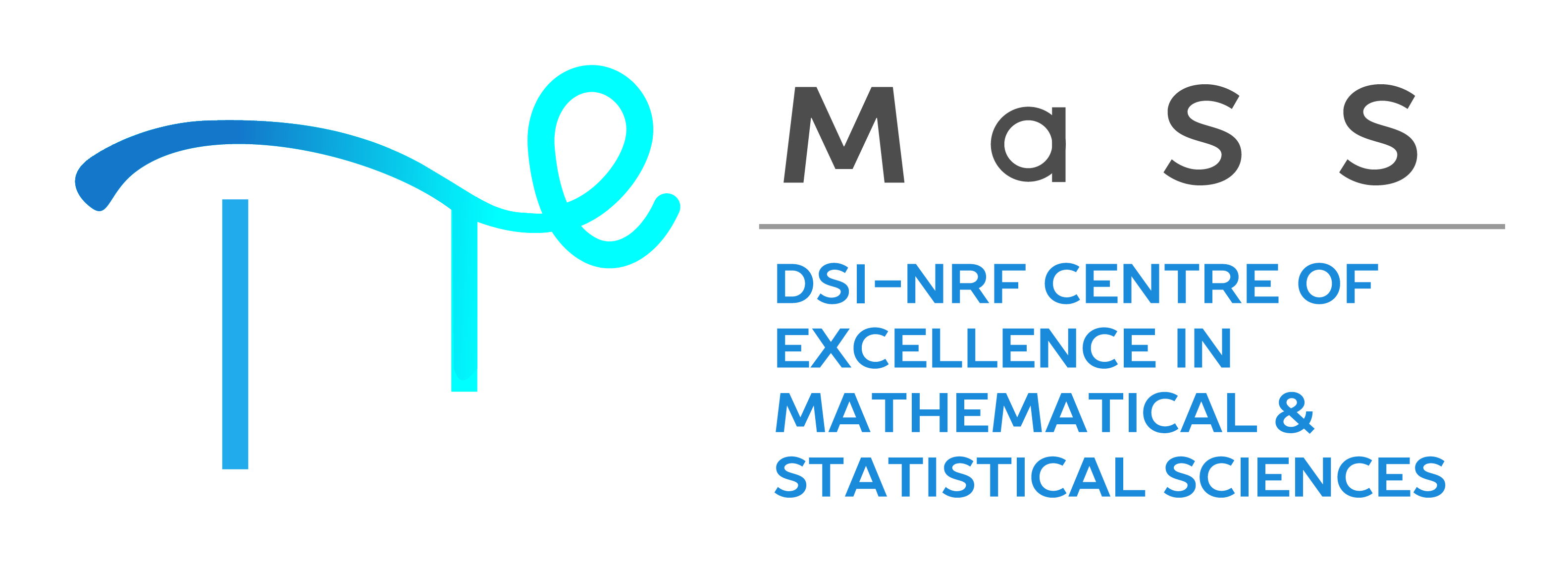Quantitative, epidemiological prediction and the
original SARS-CoV-2 pandemic
S. J. Childs, Department of
Mathematics and Applied Mathematics, University of Fort Hare
SAMS Subject Classification Number: 12
One of the foremost casualties of the first SARS-CoV-2 pandemic might well have been the field of quantitative epidemiology itself. Yet this presentation will demonstrate that the original pandemic in South Africa conformed to the standard model of an infectious disease; to the extent that an exact prediction of its epidemic threshold (around 3.5 million reported cases) was made as early as the 2nd of July, 2020. To this end, an exposition of a very simple formula for the basic reproduction number, \(r_0\), over a chosen time increment, is provided. This formula is both far more accurate and efficient than other methods which have recently been in vogue.
In August of 2020, a purported, early threshold was touted and the questions of undetected, T-cell-mediated immunity and whether SARS-CoV-2 was actually endemic to South Africa needed to be settled. Two data defficiencies were formulated and experimented with. It was quickly discovered that, if either did, indeed, play a role in an unforseen threshold, then the more compelling of the two phenomena might be that the true level of infection had been underestimated by a multiplicative factor; something which was already a recognized phenomenon. The existance of a significant, imperceptible, immune fraction of the population was demonstrated to drive \(r_0\) up, and, in so doing, move thresholds to even lower values. In contrast, there was very little difference in the \(r_0\)’s, should infections have been underestimated by a factor. Although this phenomenon could, to a limited extent, reconcile the observed with the predicted, it remained an inescapable fact that, in July, \(r_0\) did change fairly abruptly in all the contemplated scenarios of data-deficiency. This was not something suggestive of a threshold and the strong, seasonal dependence of the South African pandemic was then correctly diagnosed, as early as in August of 2020.


